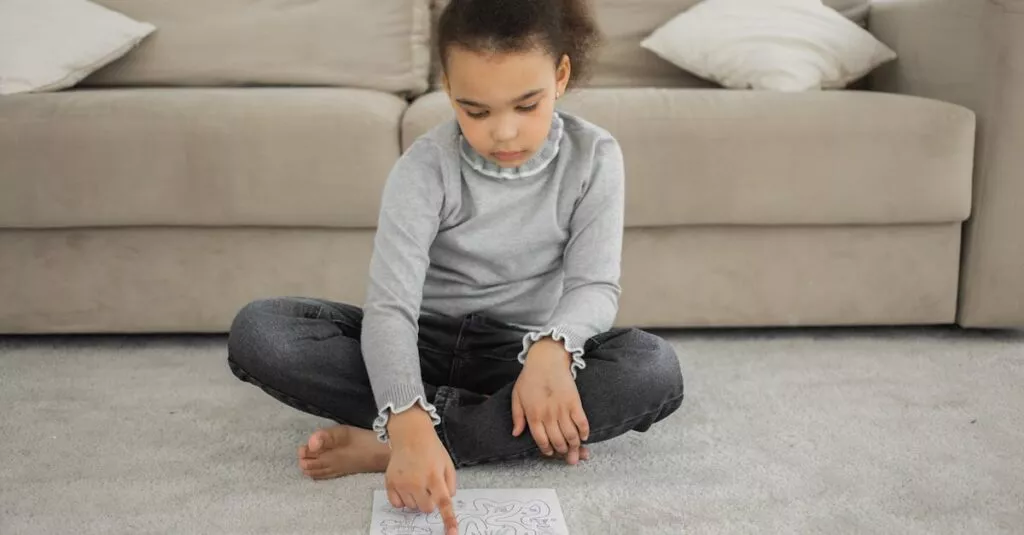Why Puzzles? The Brain-Boosting Benefits
Have you ever watched your toddler’s face light up upon solving a puzzle? It’s like witnessing a tiny brain explosion — in a good way! Toddler puzzles are more than just playtime; they’re a cornerstone for developing problem-solving skills. From simple wooden shapes to intricate jigsaw pieces, puzzles teach toddlers to think logically and understand the world around them. Plus, who can resist the sheer cuteness of a concentrated toddler trying to fit a square into a square hole?

Engaging in puzzles at a young age offers numerous benefits that extend beyond mere entertainment. Let’s explore some of the key advantages:
1. Cognitive Development
Puzzles stimulate cognitive development by enhancing problem-solving skills, improving memory, and boosting concentration levels. They encourage children to think critically and creatively.
2. Fine Motor Skills
Manipulating puzzle pieces helps in the development of fine motor skills and hand-eye coordination. It also aids in improving spatial awareness and dexterity.
3. Patience and Persistence
Completing a puzzle requires patience and persistence. These qualities are crucial for overcoming challenges not only in childhood but also in later stages of life.
4. Social Skills
Puzzles can be enjoyed individually or in a group, promoting social interaction, teamwork, and communication. They provide a platform for sharing knowledge and strategies.
Encouraging your toddler to solve puzzles is like nurturing a young mind to face the complexities of the world with confidence and resilience. So, the next time your little one gleefully fits those pieces together, remember they are benefiting in more ways than one!
Choosing the Right Puzzle for Your Toddler
Choosing the perfect puzzle for your tot isn’t rocket science, but it might feel like it with the endless options out there. Start with something simple. A wooden puzzle with knobs or a puzzle with large, chunky pieces is perfect for those tiny hands. As their skills improve, introduce more challenging puzzles. Remember, the goal is to push their boundaries, not to frustrate them to the point of giving up.
Image Source: Pexels
From Frustration to Elation: Emotional Resilience through Puzzling
Ah, frustration — the not-so-fun part of learning new things, yet an integral part of growth. Watching your toddler struggle might tug at your heartstrings, but resist the urge to solve the puzzle for them. Instead, offer words of encouragement. Witnessing their progression from frustration to elation, when they finally ‘get it,’ is nothing short of magical. It’s a valuable lesson in perseverance they’ll carry with them beyond the puzzle board.

Image Source: Pexels
Puzzle Time: Making It a Family Affair
Who said puzzles are a solo mission? Turn puzzle time into a bonding experience. Sit with your toddler, talk about the colors and shapes, and even pretend you’re stumped to let them teach you. This not only makes them feel proud but also emphasizes the importance of cooperation and patience. Plus, it’s a sneaky way to extend family time without resorting to screen time!

Beyond the Pieces: Learning Through Play
Beyond fitting pieces together, puzzles are a gateway to a broader learning experience. Use them to engage your toddler in conversations about the world. If it’s a puzzle of animals, talk about their sounds and habitats. Puzzle sessions can turn into impromptu lessons about everything from geography to empathy — all while having fun.
Engage, Encourage, and Celebrate Every Small Success
Lastly, heap on the praise for your little puzzle master. Every piece placed correctly is a step towards building confidence in their abilities. Celebrate the small victories, whether it’s getting a single piece right or completing the whole puzzle. It’s these moments of encouragement that fuel their desire to learn and face new challenges.

